Maximizing Output with a Tomato Sauce Grinder Machine
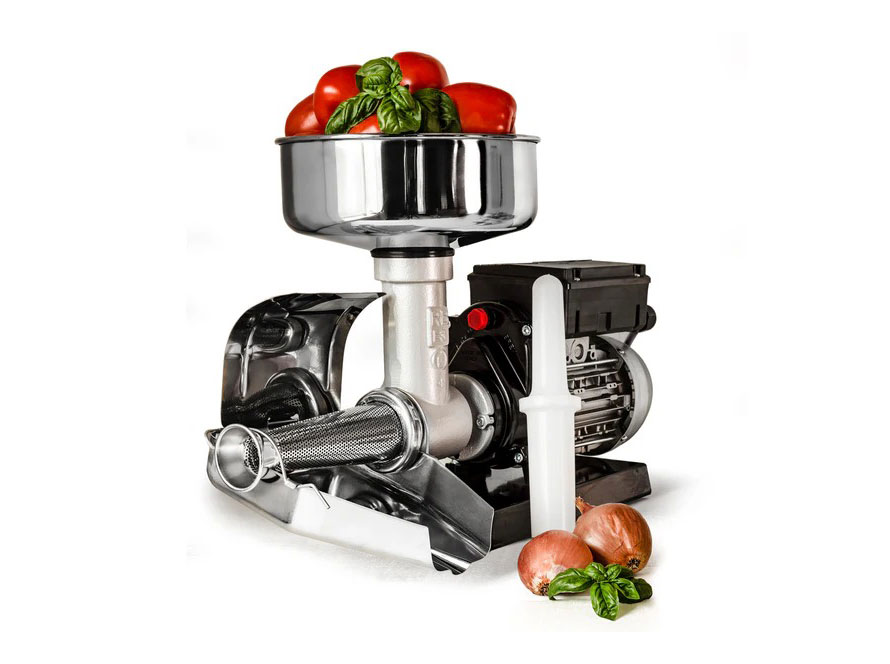
Introduction
In the competitive world of food manufacturing, especially in sauce production, efficiency is paramount. Companies in the sauce industry face pressure to meet growing demand while maintaining consistency and quality in their products. Maximizing the output of your production process can significantly reduce costs and improve profitability. One key piece of equipment in this optimization is the tomato sauce grinder machine. This machine plays an essential role in converting fresh tomatoes into a smooth and rich sauce, ready for packaging and distribution.
The objective is not only to produce more sauce but to do so effectively, ensuring minimal waste, high product consistency, and minimal downtime. By understanding how to optimize the use of a tomato sauce grinder machine, producers can increase output while maintaining high-quality standards.
Importance of Maximizing Output in Sauce Production
Maximizing output in sauce production isn't just about creating larger quantities of product—it's about achieving this efficiently. Higher output translates into more finished products within a shorter time frame, which reduces operational costs and increases profitability. For tomato sauce producers, high output also means the ability to meet growing market demand without compromising the integrity of the product.
The production process of sauce involves several stages, from selecting tomatoes to grinding them into a smooth sauce. Each of these steps plays a role in determining both the volume and the quality of the final product. When equipment like the tomato sauce grinder is optimized, production becomes more seamless, consistent, and cost-effective.
Overview of Tomato Sauce Grinder Machines
A tomato sauce grinder machine is an essential piece of equipment in the sauce production process. It is designed to efficiently process fresh tomatoes into a smooth, uniform pulp, which forms the base for the sauce. The machine typically uses rotating blades to crush and blend the tomatoes while separating the skin and seeds through a fine mesh screen.
Tomato sauce grinders come in a variety of sizes, ranging from small, manual units used by artisanal producers to larger, fully automatic machines designed for high-volume manufacturing. The key to selecting the right machine depends on the scale of production, desired output, and the level of automation required.
Understanding the Role of a Tomato Sauce Grinder Machine
The primary function of a tomato sauce grinder machine is to convert fresh tomatoes into a smooth pulp that can be further processed into sauce. This process involves crushing the tomatoes and separating the seeds and skins, resulting in a consistent texture that can be easily cooked, seasoned, and packaged.
How the Grinder Works in Sauce Production
The grinder works by feeding fresh tomatoes into the machine, where they are subjected to a crushing mechanism. The machine typically utilizes rotating blades or gears to break down the tomatoes into a uniform pulp. A mesh screen is used to filter out seeds and skin, allowing only the smooth, desirable pulp to pass through. This ensures that the sauce retains its high-quality consistency.
Different Types of Tomato Sauce Grinder Machines
Tomato sauce grinder machines vary in complexity and capacity, depending on the scale of production. There are:
- Manual Grinders: Best suited for small-scale operations. They offer control over the grinding process but require more labor.
- Semi-Automatic Grinders: These machines provide a balance between human input and automation, making them suitable for medium-sized production lines.
- Fully Automatic Grinders: Ideal for large-scale manufacturers, these machines offer high-speed processing and minimal manual intervention.
Choosing the Right Tomato Sauce Grinder Machine
Selecting the right grinder machine is crucial for optimizing both output and quality. Factors such as production volume, desired output, and the specific features of the machine need to be considered.
Key Features to Look for
When selecting a grinder, several factors are key to ensuring efficient operation and high-quality results. Some features to consider include:
- Motor Power: A powerful motor ensures the grinder can handle large volumes of tomatoes without slowing down.
- Adjustable Speed Settings: The ability to adjust the speed allows the user to optimize the grinding process for different types of sauces, from smooth to chunky.
- Mesh Screen Size: The size of the mesh screen determines the consistency of the final product. A finer mesh produces a smoother sauce, while a coarser one results in a chunkier texture.
- Durability: Machines made from high-quality materials, such as stainless steel, are more durable and resistant to corrosion.
How to Select Based on Your Production Needs
The scale of your operation will determine the type of grinder machine you need. Small-scale producers may opt for manual or semi-automatic grinders, while larger manufacturers should consider fully automated machines capable of handling high volumes of tomatoes without sacrificing quality.
Optimizing Grinder Efficiency
Ensuring the efficient operation of a tomato sauce grinder machine can significantly improve production output. This involves proper calibration, maintenance, and preparation techniques.
Importance of Proper Machine Calibration
Machine calibration ensures that the grinder is functioning at its optimal capacity. By adjusting speed settings and mesh sizes, you can achieve the desired consistency and quality in the sauce. Regular calibration prevents overworking the machine and helps maintain consistent output.
Regular Maintenance and Its Impact on Output
Routine maintenance is vital for keeping the grinder running at peak performance. Regularly checking parts such as blades, mesh screens, and motors can help prevent breakdowns and ensure that the grinder operates smoothly, resulting in minimal downtime and consistent output.
Pre-Processing Steps for Maximized Output
Before using the grinder, there are several pre-processing steps that can enhance both the efficiency and the quality of the final product.
Proper Tomato Selection and Preparation
The quality of tomatoes used in the grinding process has a direct impact on the final product. Choose ripe, fresh tomatoes that are free from blemishes or damage. Cut the tomatoes into uniform sizes to help the grinder process them more efficiently, resulting in a smoother, more consistent sauce.
Pre-heating and Its Effect on the Grinding Process
Pre-heating tomatoes can soften them, making them easier to process and improving the overall grinding speed. Warmer tomatoes flow more smoothly through the machine, which reduces strain on the motor and enhances production efficiency.
Grinder Machine Settings and Adjustments
Proper machine settings are essential for achieving the desired texture and consistency of tomato sauce. These settings should be adjusted based on the specific needs of the production process.
Speed Settings for Optimal Grinding
Adjusting the speed of the grinder is crucial for achieving the right consistency. For smooth sauces, a slower speed is recommended, while higher speeds may be more appropriate for chunkier varieties. Speed should be fine-tuned to suit the desired texture of the sauce.
Choosing the Right Mesh Size for Consistency
Mesh size is another important factor to consider. A fine mesh produces a smoother sauce, while a coarser mesh yields a chunkier texture. Choosing the right mesh size based on the desired outcome ensures consistency and quality.
Utilizing High-Quality Ingredients
Using high-quality ingredients is key to maximizing both the output and the taste of the tomato sauce.
Influence of Tomato Quality on the Final Product
The quality of the tomatoes used significantly impacts the final product. Overripe or damaged tomatoes may not yield the same rich flavor or smooth consistency as fresh, ripe tomatoes. High-quality ingredients ensure a high-quality sauce.
How to Maintain Ingredient Consistency
Maintaining consistency in the ingredients used is essential for producing uniform results. Sorting tomatoes before grinding to remove overripe or damaged ones ensures that each batch of sauce maintains the same texture and flavor.
Cleaning and Maintenance for Continuous High Output
Proper cleaning and maintenance are necessary to keep the grinder machine in top working condition.
Daily Cleaning Routines
After each batch, the grinder should be thoroughly cleaned to remove any residual pulp or seeds. This prevents clogging and ensures that the next batch is processed without contamination.
Long-Term Care to Prevent Wear and Tear
Over time, the grinder’s parts will experience wear and tear. Regular inspection and maintenance of parts like blades, screens, and seals help to extend the life of the machine and prevent costly repairs.
Troubleshooting Common Issues
Even the best-maintained grinder machines may encounter occasional issues. Understanding how to troubleshoot common problems can help reduce downtime and maintain efficient production.
Overcoming Clogging Problems
Clogging can occur when pulp, seeds, or skins build up in the grinder. Regular cleaning, as well as ensuring that tomatoes are properly prepared before grinding, can help prevent clogging.
Dealing with Inconsistent Grinding Results
Inconsistent grinding can often be traced back to improper settings or poor-quality ingredients. Ensuring that the machine is calibrated correctly and that ingredients are properly prepped can resolve many issues related to uneven grinding.
Maximizing Production Speed without Sacrificing Quality
Maximizing speed while maintaining quality is a delicate balance. Both are necessary to achieve efficient, high-output production.
Balancing Output and Product Quality
Speeding up production should not come at the expense of the product's quality. Regular monitoring of the grinding process ensures that the sauce’s consistency and flavor are maintained, even during high-volume production.
Using Automation to Enhance Speed
Automated systems can significantly increase production speed by reducing the need for manual intervention. These systems can adjust the machine’s settings, monitor performance, and maintain consistency, allowing for a faster, more efficient production line.
Energy Efficiency Considerations
Energy consumption is a key consideration in large-scale production. Optimizing energy usage can lead to significant cost savings.
How to Reduce Energy Consumption During Production
By choosing energy-efficient grinders, optimizing machine settings, and maintaining the equipment properly, energy consumption can be minimized without compromising on production speed or quality.
Choosing Energy-Efficient Tomato Sauce Grinder Machines
Selecting machines designed for energy efficiency can reduce operational costs. These machines consume less power while maintaining high throughput, contributing to lower energy bills over time.
Monitoring Output and Identifying Bottlenecks
Tracking the grinder’s performance allows for better decision-making and more efficient production.
How to Track and Analyze Grinder Performance
Monitoring systems that track machine output, speed, and efficiency can help identify areas where improvements can be made. Data analysis tools can provide insights into performance trends and allow for adjustments that optimize production.
Identifying and Addressing Bottlenecks
Production bottlenecks can occur when the grinder is not operating at full capacity or when there are delays in other areas of the production line. By identifying these bottlenecks, adjustments can be made to ensure that the grinder operates as efficiently as possible.
Leveraging Technology for Smarter Production
Advancements in technology are improving efficiency in tomato sauce production.
The Role of Digital Controls in Maximizing Output
Digital controls provide precise adjustments to grinder settings, making it easier to achieve the desired consistency and output without manual intervention.
Using Data to Fine-Tune the Grinding Process
Data-driven insights enable producers to fine-tune the grinding process for optimal performance. This can involve adjusting settings based on real-time data, ensuring continuous high-quality production.
Training Your Team for Maximum Efficiency
A well-trained team is essential for ensuring that the grinder operates at its maximum efficiency.
Importance of Operator Training
Proper training ensures that operators understand the machine’s capabilities, can troubleshoot issues, and can keep production moving smoothly without unnecessary delays.
Best Practices for Staff to Optimize Machine Use
Operators should be trained in the best practices for pre-processing, machine settings, and maintenance routines to ensure that the grinder is always operating at optimal efficiency.
Scaling Up Production with Multiple Grinder Machines
When production needs to increase, using multiple grinder machines can help meet higher demands.
Benefits of Multiple Units for Large Scale Production
Having multiple grinders allows for continuous production without downtime. Each unit can handle a specific stage of the process, increasing overall output.
Tips for Efficient Multi-Machine Operation
Ensure that each machine is properly calibrated and that operators are trained to handle multiple machines simultaneously. Regular monitoring is key to ensuring that all units operate at optimal capacity.
Understanding the Economics of Maximizing Output
Maximizing output doesn’t just have operational benefits—it also makes financial sense.
Cost Analysis of Increased Output
Increasing output comes with upfront costs, including machine upgrades and maintenance. However, the increased revenue from higher volumes often far outweighs these costs.
ROI Calculation for Upgrading Grinder Machines
Investing in high-quality grinder machines offers long-term returns, including higher production speed, better product consistency, and reduced labor costs.
Case Studies: Successful Tomato Sauce Grinder Machine Usage
Real-world examples highlight the benefits of optimizing grinder efficiency.
Real-Life Examples of Maximized Output
Several producers have successfully implemented advanced grinding technology to increase output while maintaining high product quality. These case studies serve as models for best practices.
Lessons Learned from Leading Producers
Leading producers emphasize the importance of equipment selection, regular maintenance, and operator training in achieving optimal output.
Troubleshooting Advanced Issues
When problems arise, advanced troubleshooting is required.
Dealing with Mechanical Failures
Understanding the causes of mechanical failure and performing preventative maintenance can help reduce downtime and prevent costly repairs.
How to Avoid Production Halts
Preventative maintenance and regular monitoring are essential to avoid production halts caused by equipment failures.
Future Trends in Tomato Sauce Grinder Machines
The future of sauce production is influenced by new innovations.
Innovations That Could Impact Output Maximization
Technological advancements such as AI and automation are set to revolutionize the tomato sauce grinder industry, making production even more efficient and cost-effective.
The Future of Automation and AI in Sauce Production
As automation and AI technologies evolve, their role in sauce production will grow, providing smarter, faster, and more efficient ways to produce tomato sauce.
Conclusion
Maximizing output with a tomato sauce grinder machine involves more than just using the right equipment. By carefully selecting the right grinder, optimizing settings, maintaining the machine, and leveraging technology, producers can significantly increase their production efficiency. With the right approach, producers can not only meet growing demand but also ensure that each batch of tomato sauce meets the highest standards of quality.
Must-Read Blogs For Chain Restaurants Owner








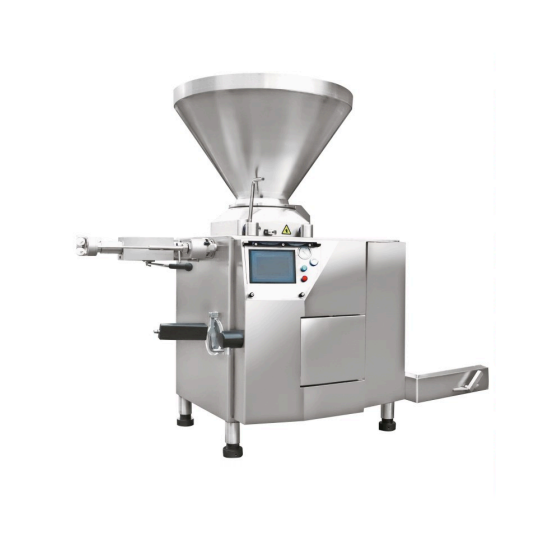
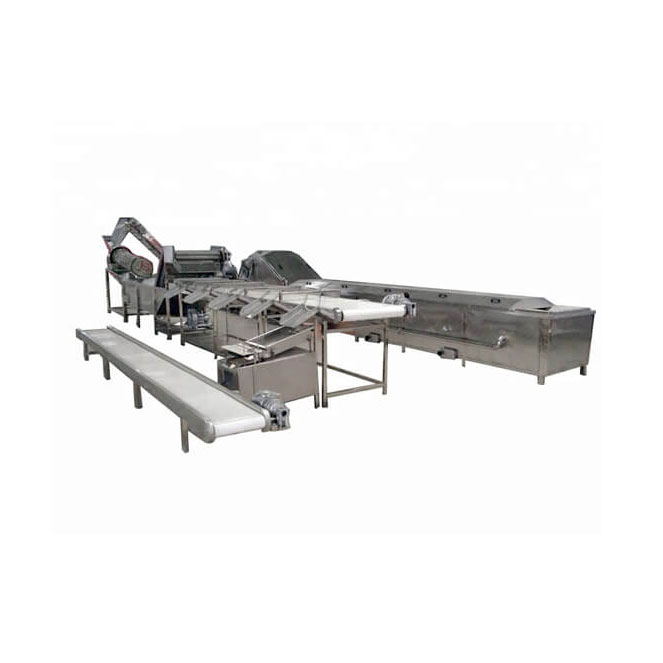
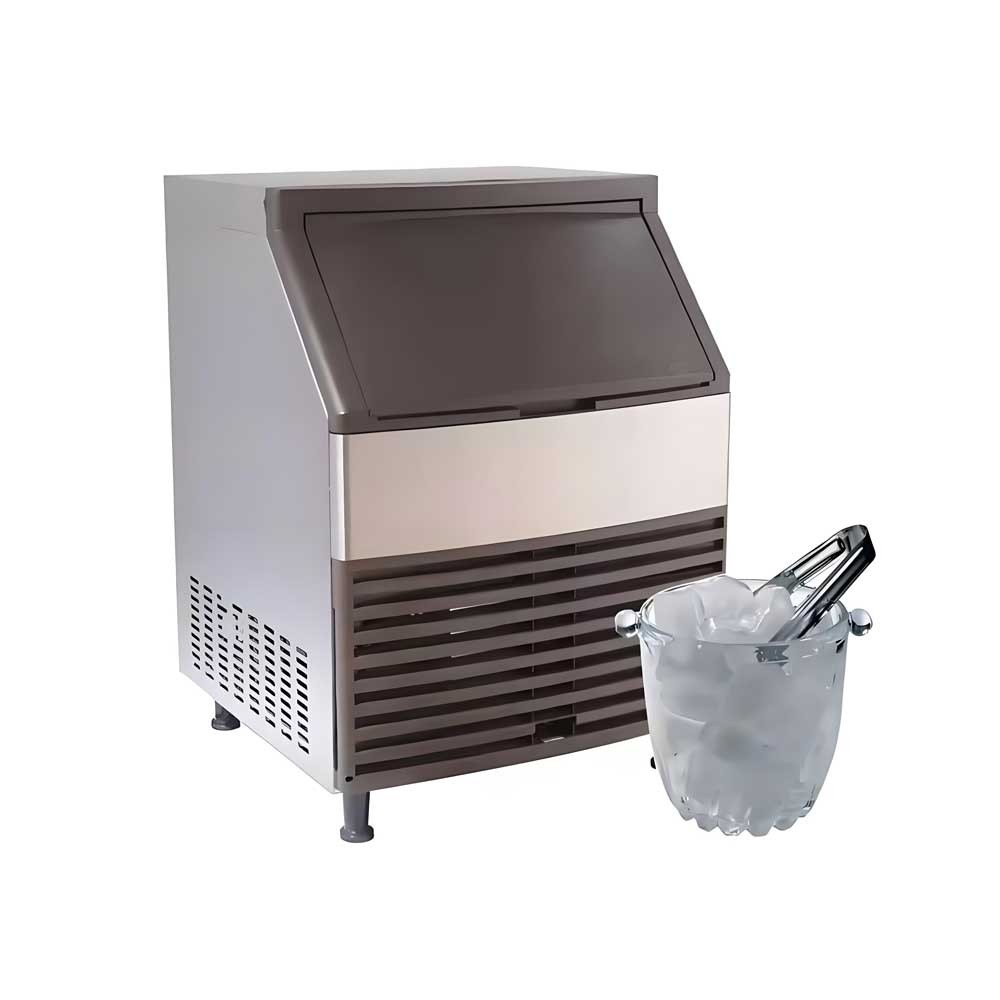
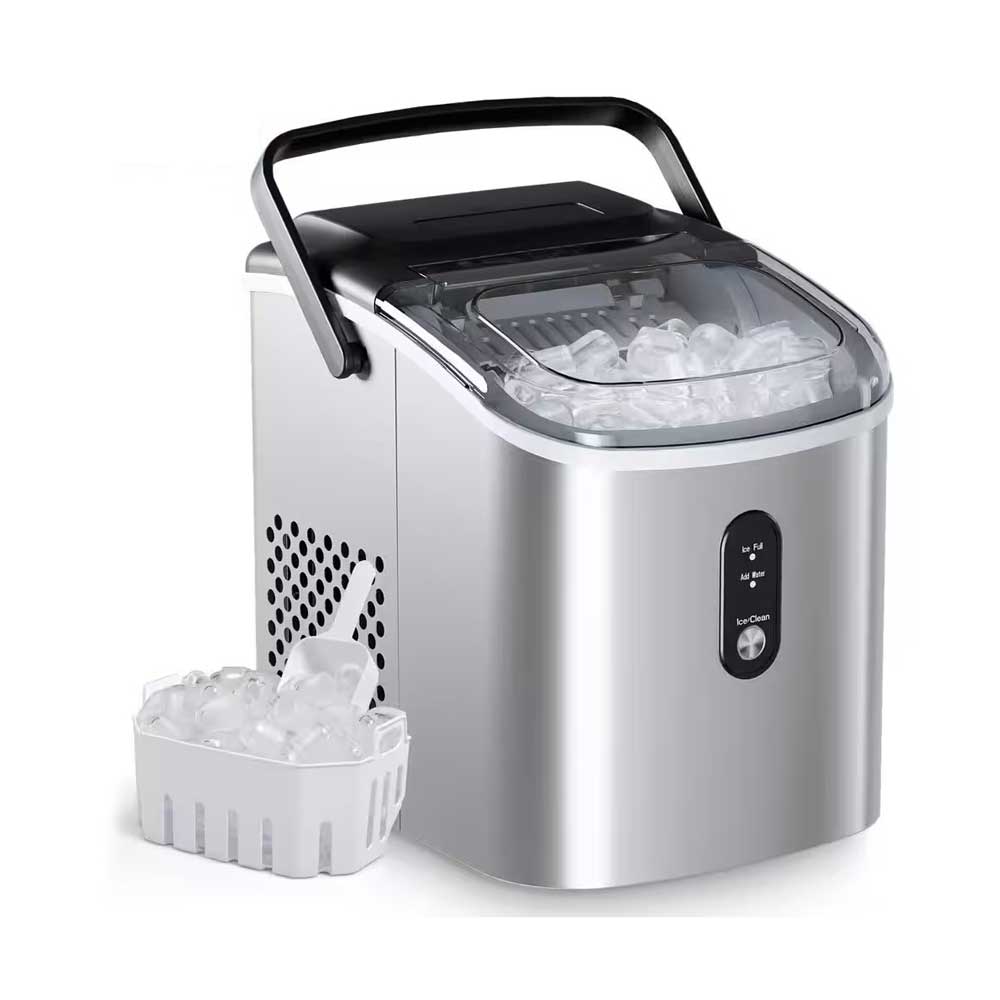 Portable Flake Ice Machine
Portable Flake Ice Machine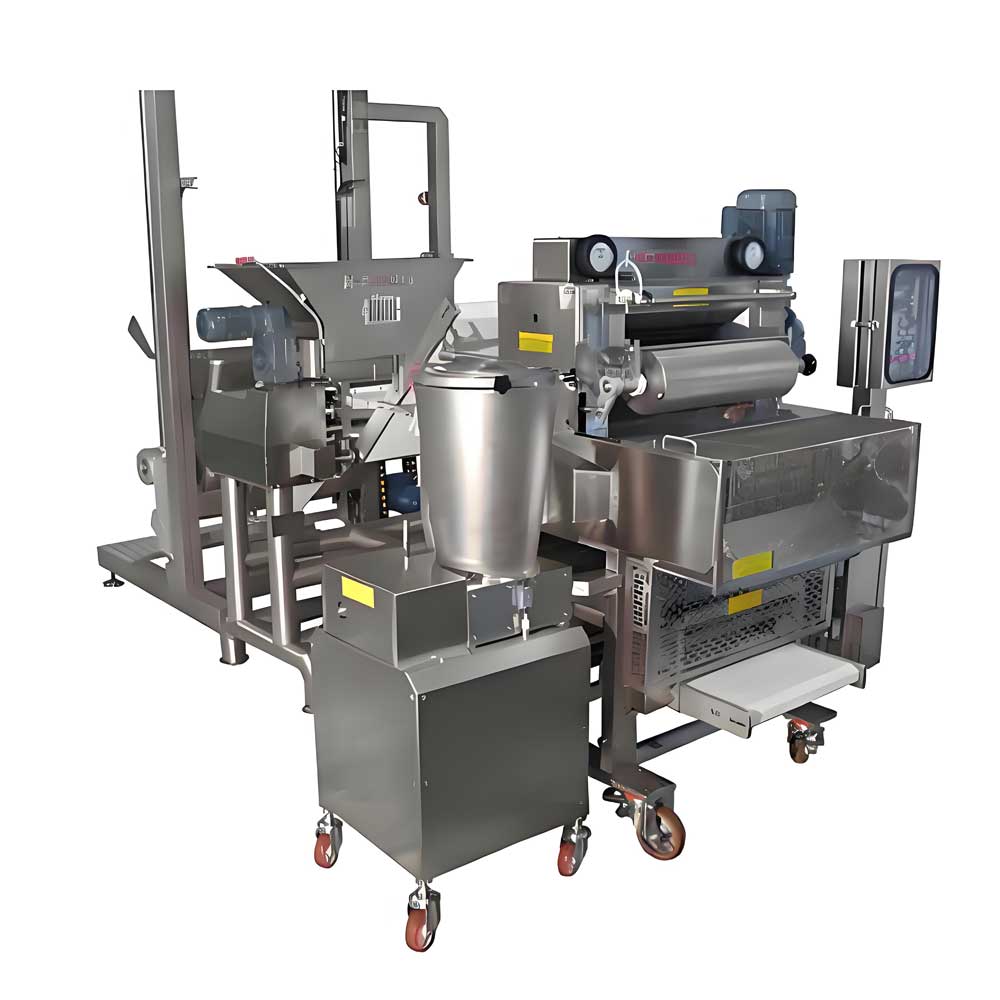 Pelmeni Making Machine
Pelmeni Making Machine
Ready to Get Started?